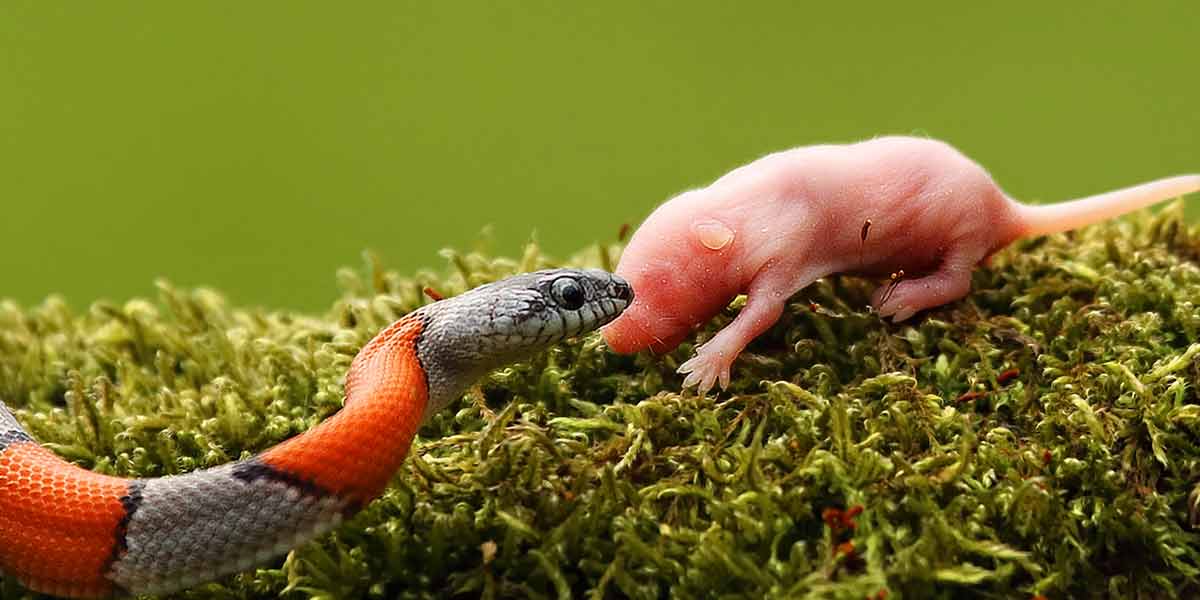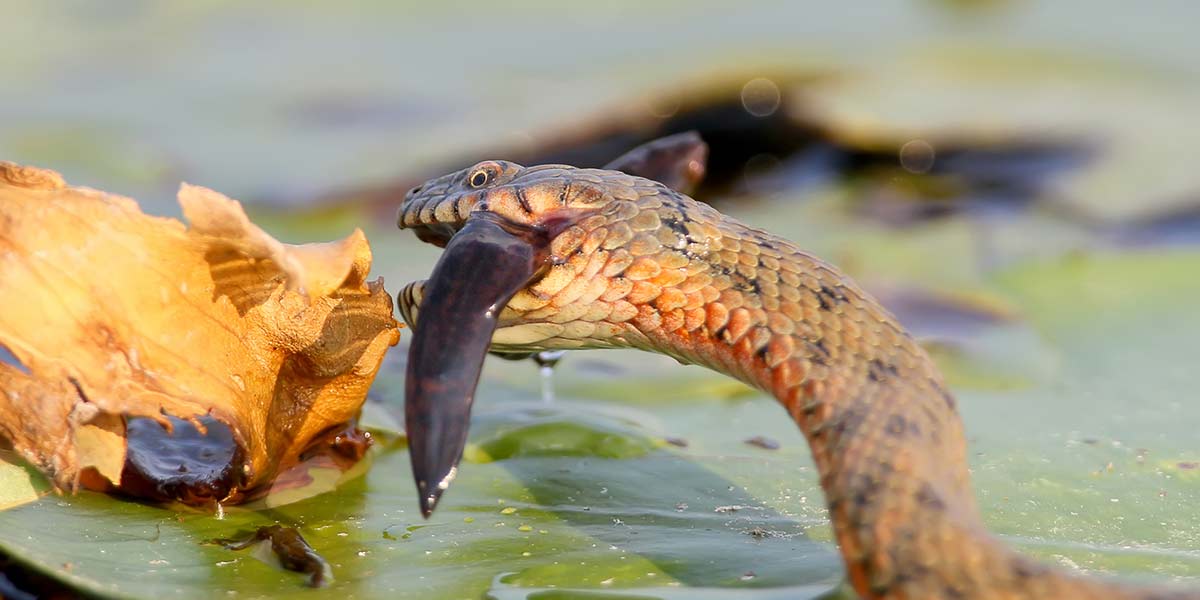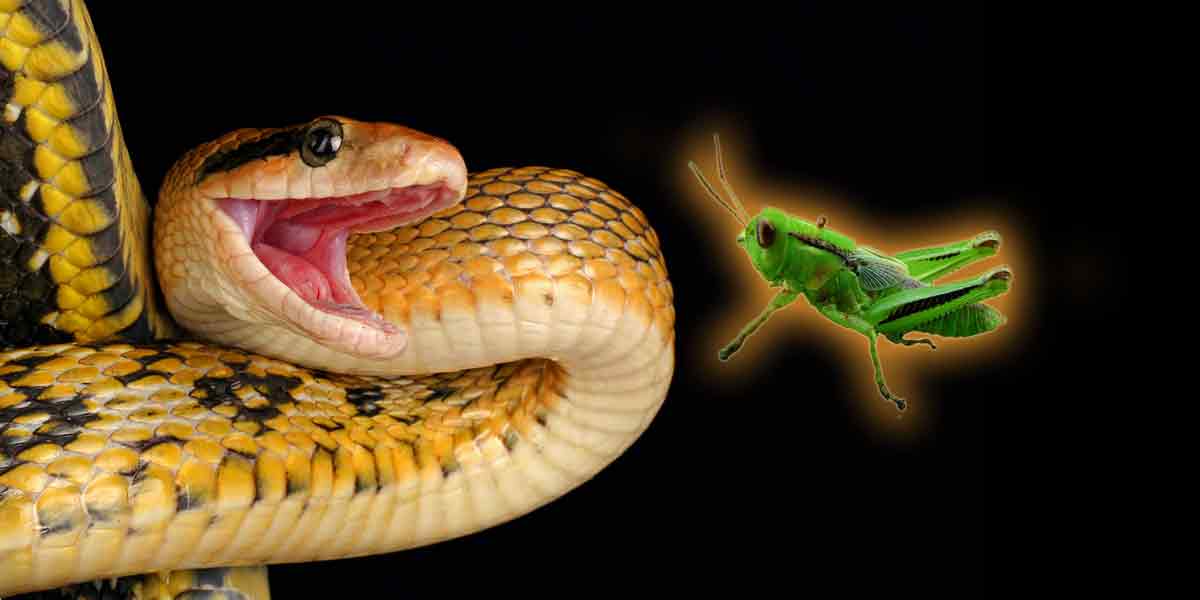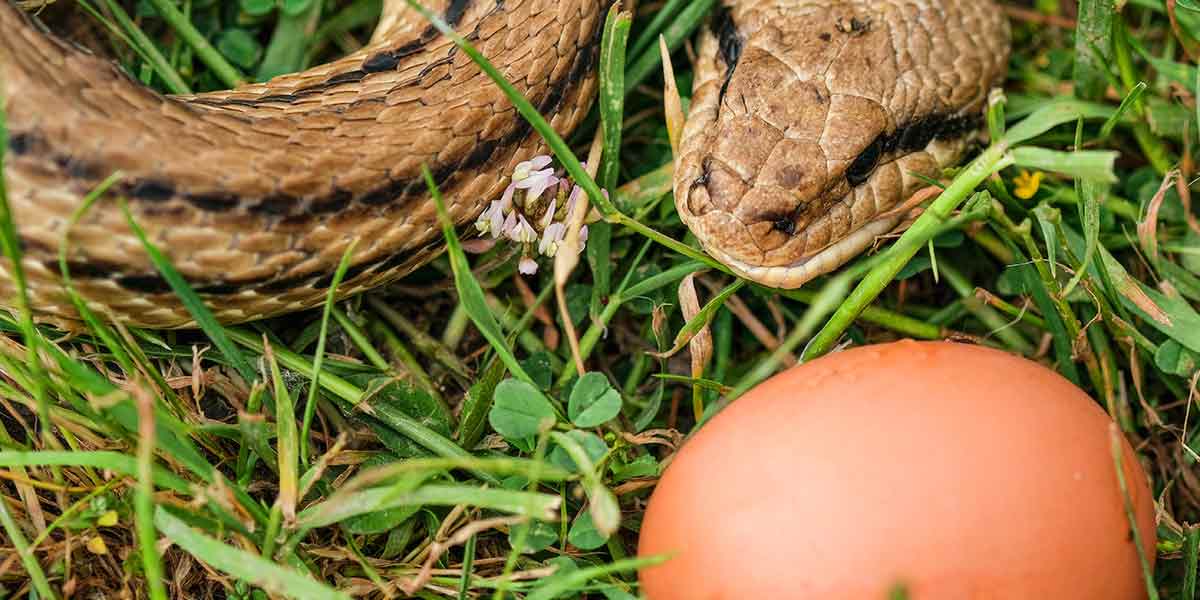Can I feed my snake wild mice? If you’re a snake owner, you may be wondering if it’s safe to feed your pet wild mice. While it may seem like a logical option, there are several factors to consider before doing so. In this article, we’ll explore the pros and cons of feeding wild mice to your snake, as well as some alternative options.
As an affiliate, we earn from qualifying purchases. We get commissions for purchases made through links in this website’s posts from Amazon and other third parties.
Can I feed my snake wild mice?
If you are considering feeding your snake wild mice, there are a few things you should keep in mind. While it may seem like a good idea to provide your snake with a more “natural” diet, there are several potential risks associated with feeding wild mice to captive snakes.
Diseases or parasites
Firstly, wild mice may carry diseases or parasites that can be harmful to your snake. These can include bacteria, viruses, and even mites. In addition, wild mice may have been exposed to pesticides or other toxins that could be harmful to your snake if ingested.
Live mice might not be the proper nutrition
Secondly, wild mice may not provide the proper nutrition that your snake needs to thrive. Captive snakes require a specific balance of nutrients, including protein, fat, and vitamins, in order to maintain their health. Wild mice may not provide this balance and could lead to malnutrition or other health issues over time.
Consider live feeding as an animal abuse
Finally, feeding your snake wild mice can be dangerous for the mice themselves. If the mice are not killed quickly and humanely, they may suffer unnecessarily. In addition, wild mice are an important part of the ecosystem, and removing them from the wild can have negative impacts on local wildlife populations.
In conclusion, while it may seem like a good idea to feed your snake wild mice, there are several potential risks and drawbacks associated with this practice. It is generally recommended that captive snakes be fed a diet of commercially available rodents that have been specifically bred and raised for this purpose.
Can I feed my snake wild mice? Video:
What happens when you feed a snake a rat that’s too big?
Feeding your pet snake is an important part of keeping it healthy and happy. But what happens if you accidentally give your snake a rat that’s too big? Well, the consequences can be serious and even life-threatening for your pet.
If you feed your snake a rat that’s too big, it can cause a number of problems. The most immediate concern is that the rat could get stuck in your snake’s throat, which can be fatal. Even if the rat makes it past the throat, it can cause damage to your snake’s digestive system, leading to serious health issues down the line.
So, what should you do if you accidentally give your snake a rat that’s too big? The best course of action is to seek veterinary care immediately. A veterinarian will be able to assess the situation and determine the best course of treatment for your pet. In some cases, surgery may be necessary to remove the rat and prevent further damage to your snake’s health.
What happens if you feed a snake too big of a rat?
Feeding your snake is an important part of keeping it healthy. However, feeding your snake a rat that is too big can lead to a number of health problems. Here’s what can happen if you feed a snake too big of a rat:
- Regurgitation: If the rat is too large, your snake may not be able to digest it properly. This can cause your snake to regurgitate the rat, which can be harmful to its health.
- Choking: A rat that is too big can also get stuck in your snake’s throat, leading to choking. This can be a serious issue and may require veterinary intervention.
- Impaction: If your snake swallows a rat that is too big, it may also cause an impaction. This is when the rat gets stuck in your snake’s digestive system, causing a blockage. This can be painful for your snake and may require veterinary treatment.
- Injury: A rat that is too big can also cause injury to your snake. The rat may scratch or bite your snake, leading to infection or other health issues.
It’s important to make sure that you are feeding your snake appropriately sized rats. As a general rule, the rat should be no larger than the widest part of your snake’s body. If you’re not sure what size rat to feed your snake, consult with a veterinarian or experienced reptile keeper.
What to do if your snake doesn’t eat the live rat?
If you’ve offered your snake a live rat, and it doesn’t seem interested, don’t worry. There are several things you can try to encourage your snake to eat.
First, make sure the rat is the appropriate size for your snake. If it’s too big, your snake may be intimidated and unwilling to eat. If it’s too small, your snake may not be interested. Consider offering a smaller or larger rat, depending on your snake’s size.
If your snake still doesn’t eat, try the following:
- Warm up the rat: Snakes prefer warm prey, so try warming up the rat by placing it in warm water for a few minutes before offering it to your snake.
- Use a different scent: Some snakes are picky eaters and may prefer a different scent. Try rubbing the rat with a different food item, such as a mouse or chick, to make it more appealing.
- Try a different feeding method: Some snakes prefer to eat pre-killed prey. If your snake is reluctant to eat a live rat, try offering a pre-killed one instead.
If your snake still refuses to eat, it’s important to monitor its health closely. A snake that goes too long without eating can become weak and may be more susceptible to illness. If you’re concerned about your snake’s health, consult with a veterinarian who specializes in reptiles.
Why won’t my snake eat live mice? Understanding the reasons
Are you having trouble getting your snake to eat live mice? It’s a common issue among snake owners and can be frustrating when your pet isn’t getting the nutrition it needs. There are several reasons why your snake may be refusing to eat live prey, and it’s important to identify the cause in order to find a solution.
One reason why your snake may not be eating live mice is due to stress. Snakes can become stressed for various reasons, such as a change in environment or handling. If your snake is stressed, it may not feel comfortable enough to eat. Another reason could be that your snake is simply not hungry. Snakes have different feeding schedules and may not eat as often as you think. It’s important to research your specific snake’s feeding habits to ensure you are offering food at the appropriate times.
Possible reasons your snake won’t eat live mice
Can I feed my snake wild mice? Well, you tried feeding your snake mouse but If you’re wondering why your snake won’t eat live mice, there could be several reasons behind it. Here are some possible explanations:
Temperature issues
Snakes are cold-blooded, which means their body temperature is regulated by their environment. If the temperature in their enclosure is too low, they may not have the energy to hunt or digest their food properly. On the other hand, if it’s too high, they may become lethargic and lose their appetite. Make sure the temperature in your snake’s enclosure is appropriate for their species and adjust it if necessary.
Stress and anxiety
Snakes can become stressed and anxious for various reasons, such as changes in their environment, handling, or the presence of other animals. When they’re stressed, they may stop eating or lose their appetite. To reduce stress, make sure your snake has a comfortable and secure enclosure, avoid handling them too much, and keep them away from other animals that may cause them stress.
Health problems
If your snake has an underlying health issue, it may not be able to eat or digest its food properly. Some common health problems that can affect a snake’s appetite include respiratory infections, mouth rot, and parasites. If you suspect your snake may be sick, take them to a veterinarian who specializes in reptiles.
Hunting instincts
Lastly, some snakes may refuse to eat live mice because they have lost their hunting instincts or prefer other types of food. In such cases, you may need to switch to frozen-thawed mice or other prey items that your snake is more willing to eat.
In summary, there are several possible reasons why your snake won’t eat live mice, including temperature issues, stress and anxiety, health problems, and hunting instincts. By identifying the cause of the problem, you can take steps to address it and ensure your snake stays healthy and well-fed.
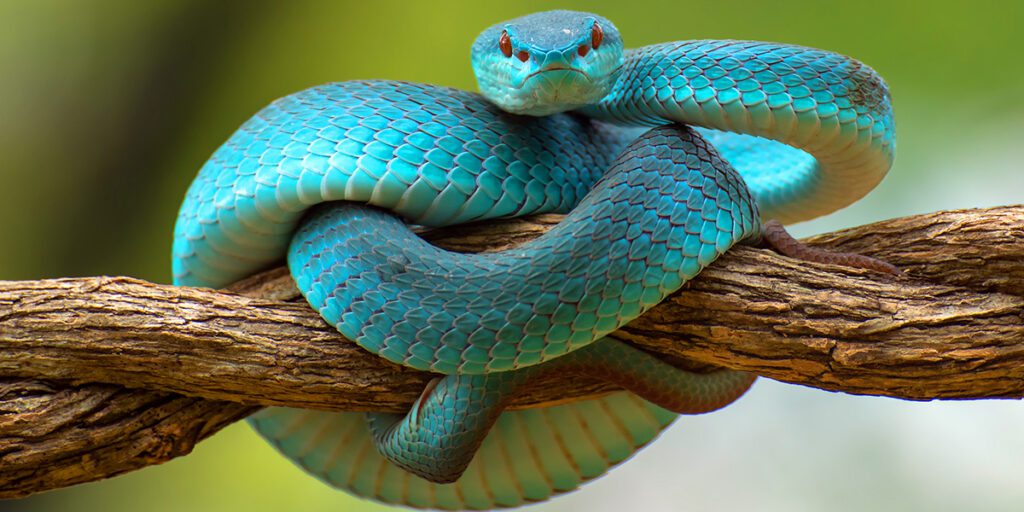
Feeding Ball Pythons
Ball pythons are popular pet snakes that require a specific diet to remain healthy. In the wild, they feed on small mammals such as mice and rats. As a pet owner, you may wonder if it’s okay to feed your ball python wild mice. Here’s what you need to know.
Is it bad to feed Ball Python live mice?
Feeding your ball python live mice is not recommended. Live mice can be dangerous to your snake, as they may bite or scratch it. Additionally, live prey can injure your snake’s digestive system, causing internal bleeding or other health issues.
If you choose to feed your ball python live prey, you should always supervise the feeding and remove the mouse if it shows any signs of aggression. However, it’s generally safer to feed your snake pre-killed prey.
Can Ball Pythons eat dead mice?
Yes, ball pythons can eat pre-killed mice. In fact, it’s recommended that you feed your snake pre-killed prey to avoid any potential health issues.
When feeding your ball python pre-killed prey, it’s important to make sure the mouse is properly thawed and warmed to room temperature. You can thaw the mouse by placing it in the refrigerator overnight or by soaking it in warm water for a few minutes.
It’s also important to make sure the mouse is an appropriate size for your snake. A good rule of thumb is to feed your ball python a mouse that is roughly the same size as the widest part of its body.
In conclusion, it’s okay to feed your ball python pre-killed mice, but live prey is not recommended. Always supervise feeding and make sure the prey is an appropriate size and properly thawed before offering it to your snake.
What can I feed my snake if I don’t have live mice? Alternative food options for your reptile
While live mice are a common staple in a snake’s diet, they’re not the only option available. In fact, many snake owners are now turning to alternative food sources that are just as nutritious and easier to obtain.
One option is to feed your snake frozen or thawed rodents, which can be purchased at most pet stores. These rodents are specifically bred and raised to be used as snake food, so you can be sure that they’re safe and healthy for your pet to consume. Another option is to feed your snake live insects, such as crickets or mealworms. While these may not be as filling as mice, they’re a great source of protein and can help supplement your snake’s diet.
Can I feed my snake wild mice? Try these snake-feeding alternatives to live mice:
If you’re a snake owner, you know that mice are a popular food source for many species. However, sometimes it can be difficult to get your hands on mice, or you may not want to feed your snake rodents. Luckily, there are several alternatives to mice that you can consider.
Frozen mice
Frozen mice are a popular alternative to live mice. They are readily available at most pet stores and online retailers. Frozen mice are also more convenient to store and use, as they can be stored in your freezer until you are ready to feed your snake.
When feeding your snake frozen mice, make sure to thaw them out completely before offering them to your snake. You can thaw them out by placing them in a plastic bag and leaving them in warm water for about 30 minutes. Once they are fully thawed, you can offer them to your snake using tongs.
Pre-killed mice
Pre-killed mice are another option to consider if your snake is refusing to eat live mice. Pre-killed mice are mice that have been humanely euthanized before being offered to your snake.
Pre-killed mice are also more convenient to use than live mice, as they do not require any special care or attention. They can be stored in your freezer until you are ready to feed your snake.
Rats
Rats are a common alternative to mice for snake owners. They are larger than mice, which means they can be used to feed larger snakes. Rats are also relatively easy to find, and they are often sold at pet stores. However, keep in mind that rats can be more expensive than mice.
Chicks
Chicks are another alternative to mice that you can consider. They are a good option for snakes that prefer birds as their food source. Chicks are also relatively easy to find, and they can be purchased at many pet stores. However, keep in mind that chicks can be more expensive than mice.
Quail
Quail are another bird option that you can consider. They are a good choice for snakes that prefer smaller prey. Quail can be purchased at many pet stores, and they are often sold frozen. However, keep in mind that quail can be more expensive than mice.
Fish
Some snakes, such as garter snakes, will eat fish. If you have a snake that will eat fish, you can consider using fish as a food source. Fish can be purchased at many grocery stores, and they are often sold frozen. However, keep in mind that fish may not be as nutritionally complete as other food options.
Conclusion
So, to your question “Can I feed my snake wild mice?” the answer is that first and foremost, it’s important to understand that wild mice may carry diseases or parasites that can be harmful to your snake. Additionally, they may not provide a balanced diet for your pet, as they may be lacking in certain nutrients. While some snake owners may argue that feeding wild mice is more natural for their pets, it’s important to prioritize their health and well-being above all else.

